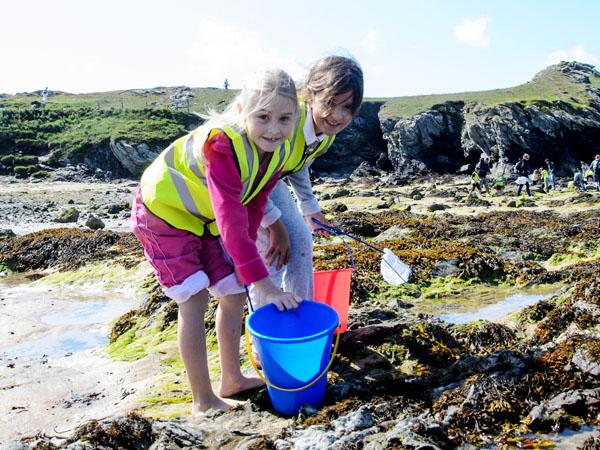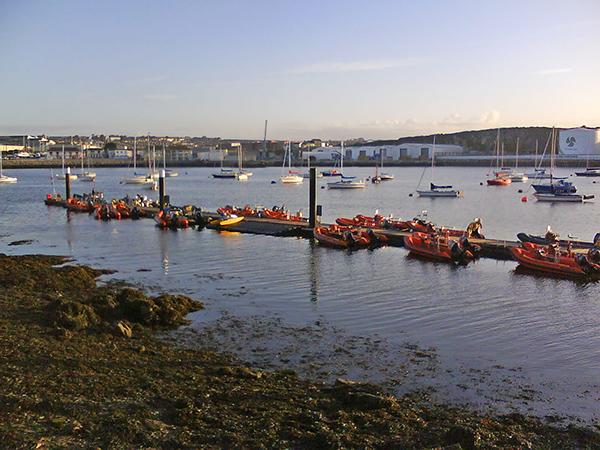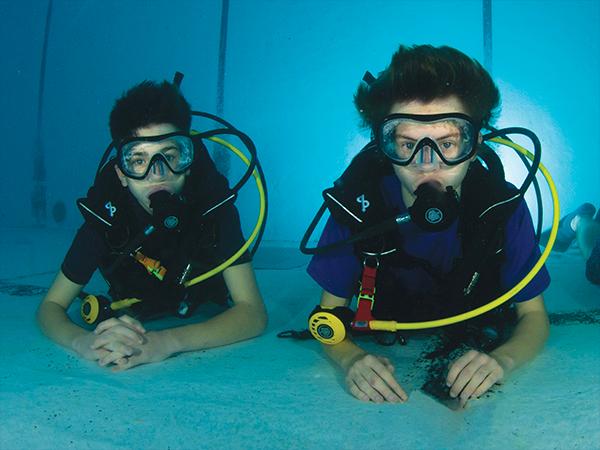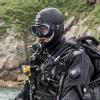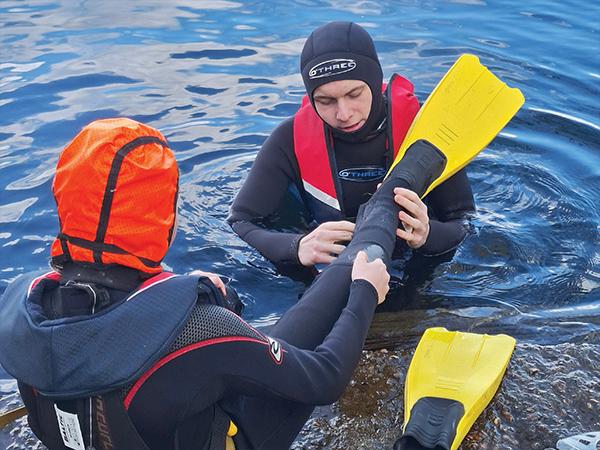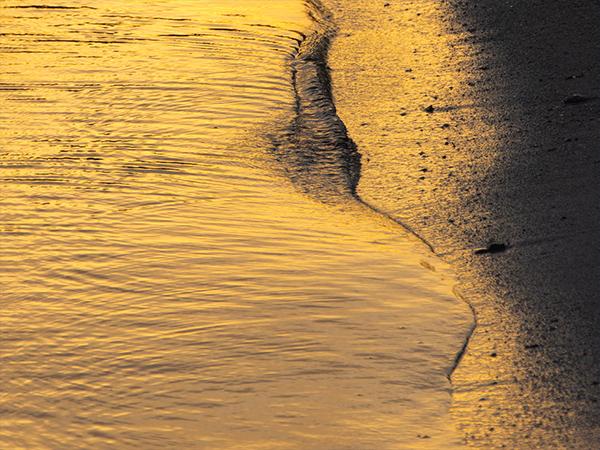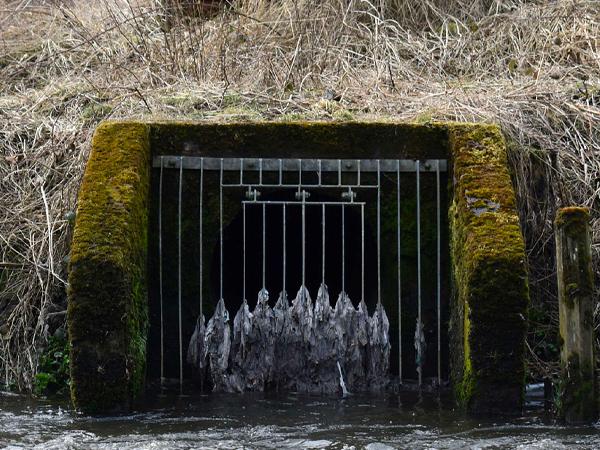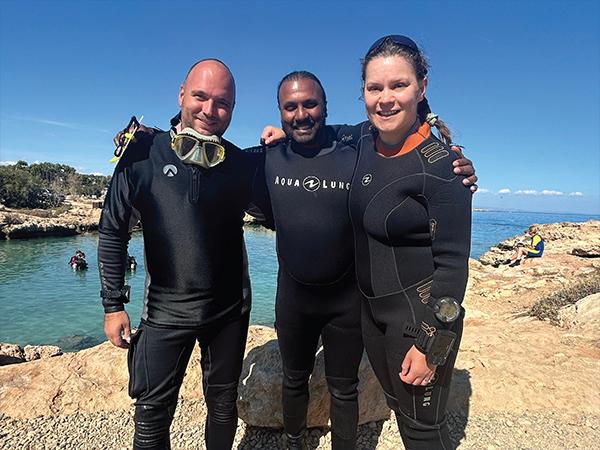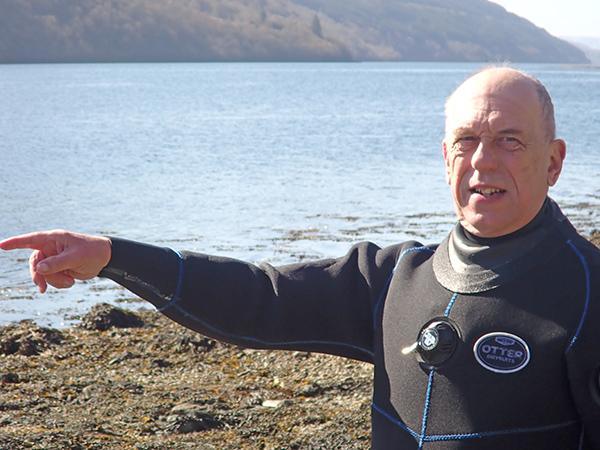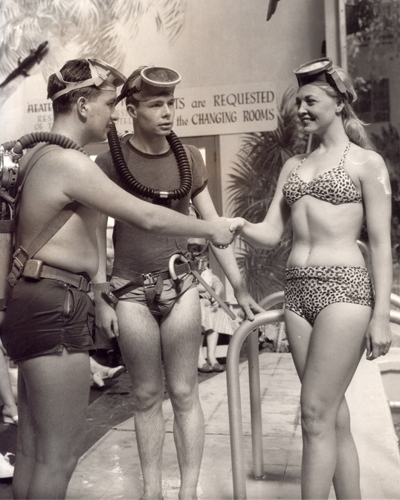
Born as a club for divers, our members have been at the heart of BSAC’s success since the very beginning. Here are just some of the people, their stories and their achievements that have helped to not only shape BSAC but also to push the boundaries of diving and underwater discovery.
- 1960 - Jane Baldasare and London No 1 – underwater Channel attempt
London No. 1 branch divers accompanied adventuress Jane Baldasare on the first attempt to swim the Channel underwater. The bid looked as if it is going to be successful, but Baldasare was forced to give up about three-quarters of the way into her journey after surfacing during a changeover. - 1965 - Bournemouth SAC create a home, deep home
BSAC branch Bournemouth SAC set up an underwater house, Glaucus, in Plymouth Sound, the brainchild of the club’s science officer, Colin Irwin. In September, two members lived there for seven days, showing that Cousteau's experiments in underwater living can be done on a smaller budget. Today, the 'house' is still at the bottom, though thought to be broken up. - 1966 - Two BSAC members discover the resting site of Mary Rose
In 1966 Southsea member John Towse and Alexander McKee discovered the wreck of the Mary Rose after finding an obscure mark on a hydrographic chart. Towse and McKee, of the Scientific Group, conducted their historic first dive on the Tudor warship on 14 May 1966, in zero visibility. It was another four years before the wreck was formally identified, but the sheer significance of this dive still resounds today. - 1967 - Dive on the Association
Admiral Sir Cloudisley Shovell's 18th-century flagship, the Association, was discovered and dived in July by members of the Naval Air Command Sub-Aqua Club (NACSAC) off the Isles of Scilly. The wreck is of great historical importance, having gone down in 1707. - 1967 - 25 BSAC clubs involved in Operation Kelp
1967 was the year of Operation Kelp, a massive environmental science project organised by David Bellamy. It involved the help of 25 BSAC clubs and 262 members from all over the UK, who took kelp samples from the North Sea as a method of checking pollution levels. Bellamy and the divers went on to win the Duke of Edinburgh prize for their hard work, with botanist Bellamy becoming BSAC’s Science Officer. - 1970 - BSAC military ‘Centre of Excellence’
In April 1970, retired Naval Commander Alan Bax and former Royal Engineer Jim Gill obtained a lease from the Ministry of Defence to use Fort Bovisand as a diver training centre. It went on to become a centre of excellence for BSAC training, producing some of the club's leading divers in the 1970s and 80s. - 1970 - BSAC divers John Bevan and Peter Sharphouse - Chamber dive to 492m
BSAC divers John Bevan and Peter Sharphouse do a successful chamber dive to 1,500ft (492m) in March, with a bottom time of ten hours. The dive involves a total of 12 days inside the Navy chamber at Alverstoke, Gosport in Hampshire. The dive disproves theories that divers would experience a so-called 'helium barrier' at 1,200ft (393m), which would not allow them to venture deeper. - 1972 - Reg Vallintine and the first-ever expedition to St Kilda
Reg Vallintine organises the first-ever expedition to St Kilda, an island that lies well beyond the Outer Hebrides. The expedition in June has eight divers from eight branches and discovers large Atlantic swells, blue water and some of the best diving in British waters. St Kilda remains the jewel in the crown of British diving. - 1974 - BSAC divers join pioneering X-5 expedition
In June BSAC divers joined Peter Cornish's expedition to locate and establish the fate of the X-5 midget submarine in the Norwegian Kaafjord. The X-5 had been lost in an attempt to disable the German pocket battleship, Tirpitz. - 1981 - BSAC’s Icelandic adventure
Photographer Gordon Ridley - a dynamic expedition leader - led a pioneering BSAC trip to the Vestmannaeyjar islands off southwest Iceland. Three consecutive fortnight voyages took place, including a visit to the world's youngest island, Surtsey, a volcanic island that was spewed out of the Atlantic between 1963 and 1967. - 1982 - BSAC members at the raising of the Mary Rose
The Mary Rose was finally raised in October, in front of an unprecedented international television audience of 60 million viewers, the BBC's biggest-ever outside broadcast. The project's success was a tribute to the divers who have worked hard to realise their dream over the years, including BSAC divers from Southsea, Southampton, Brighton and the Isle of Wight, among other clubs. Even when the project was taken over by the Mary Rose Trust, the archaeologists in charge and their chief divers were BSAC-trained. In the final year of the Mary Rose's life under the murky waters of the Solent, an astonishing 5,000 dives were carried out. 14,000 artefacts were recovered and the ship herself was finally raised on 11 October. - 1995 - Periscope up - BSAC diver Keith Hurley discovers the Resurgam
The wreck of the Resurgam was discovered in December by BSAC diver Keith Hurley off the North Wales coast. Regarded by some as the Holy Grail of submarine diving, the Resurgam was the world's first practical, functioning submarine, but had been missing since 1880.

